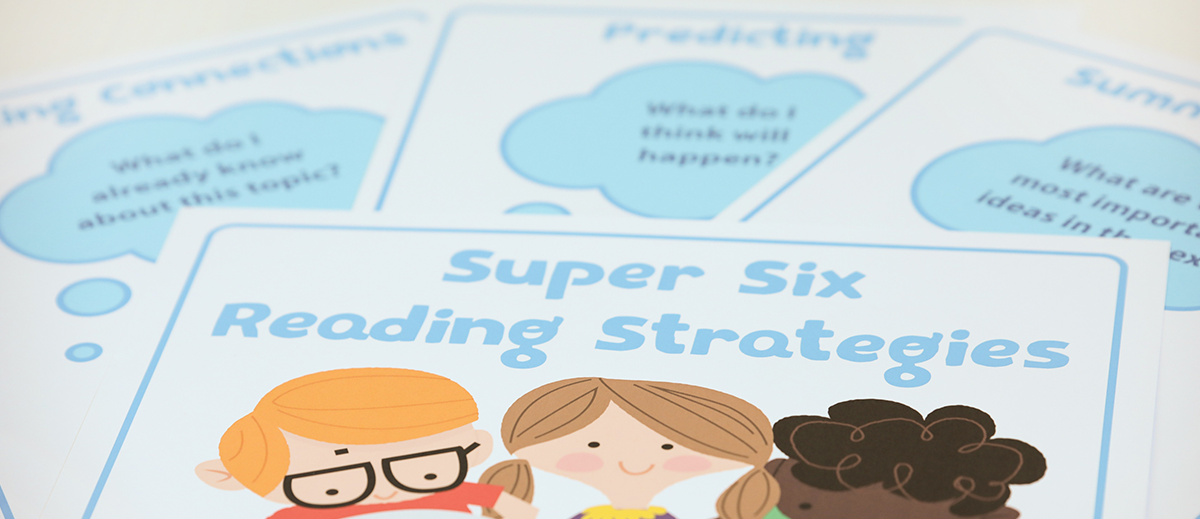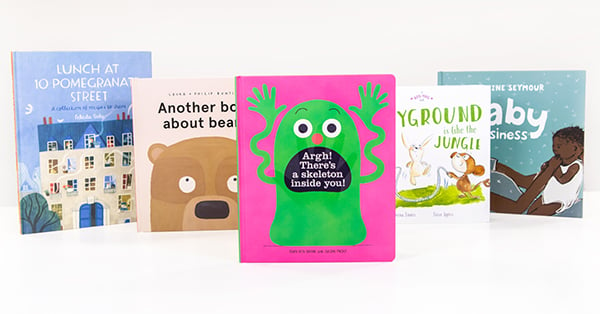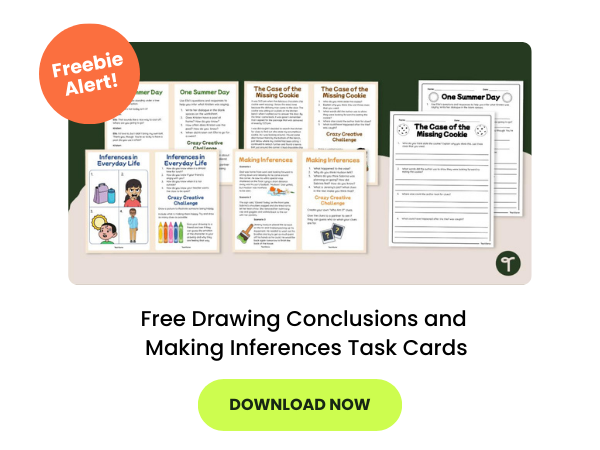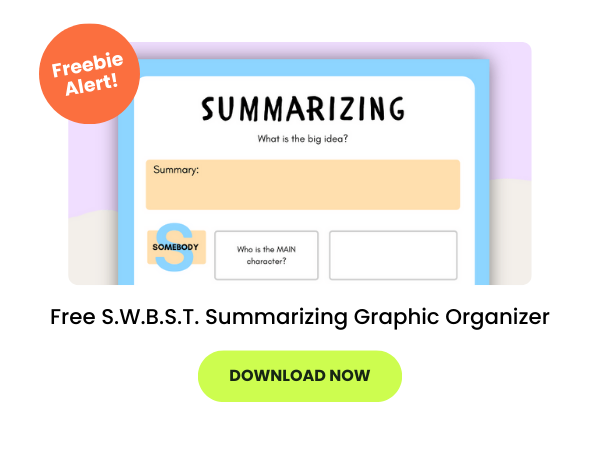Comprehension might just be the most important part of learning to read and teaching reading in elementary school. After all, reading comprehension supplies all the meaning to those letters and words, right? So, what are the reading comprehension strategies that can help your students develop a true understanding of the texts they’re consuming in your classroom?
You’re likely to see a few numbers out there on lists of reading comprehension strategies. Some teachers swear by a list of seven, others the “high five” strategies that they say are key to comprehension for young readers. But we’re going to focus on six strategies that the teachers on the Teach Starter team have all used and all recommend for teaching reading!
What Are the Top Six Reading Comprehension Strategies?
Sometimes called the “super six” reading comprehension strategies, these are all commonly used in classrooms today and can help students better understand their reading materials and learn to pay close attention to details.

1. Making Connections
Also called activating prior knowledge or schema, the making connections strategy focuses on teaching students to make connections between a text and their own experiences and understandings. Research into the science of reading has shown enhanced comprehension when students are able to connect new information and information they already know.
This comprehension strategy can be framed within these three concepts:
- Text to self
- Text to text
- Text to world
Students can ask themselves how the text may relate to something in their life, to another text that they know or to something from the real world.
2. Predicting
With this reading comprehension strategy, students use “clues” from the text combined with their own knowledge and experiences to anticipate or “predict” what will happen next. As they read, young readers gain more information and use that to revise their predictions.
3. Questioning
In this comprehension strategy, students ask and answer questions to clarify the meaning of the text and deepen their understanding. Questions can be posed by you as their teacher, by their peers or by the students themselves.
When you center questioning activities around the familiar open-ended prompts of who, what, when, where, how, why, and which, students assert their understanding and identify any gaps in their comprehension of the text.

4. Monitoring Comprehension
When monitoring comprehension, students reflect on and assess their understanding as they progress through the text. In this metacognitive process, students may ask themselves, “Is this making sense?” or “Do I need to read this again?”
Some comprehension strategies that may be effective may include going back to reread a section of a text, slowing down or speeding up your reading rate, and using text features to help understand difficult parts of a passage. All of these strategies are active reading strategies that students can do to help them better understand what they are reading, while they are reading!
While the process of monitoring asks students to identify hurdles and barriers, students also benefit from connecting this reading comprehension strategy with explicit strategies to help them past their hurdles.
5. Visualizing
Visualization provides both teachers and our students with another means to extend their exploration of a text and deepen understanding. This reading comprehension strategy asks students to create and describe an image in their mind, centered around a place, situation, or character in the text. Visualizing has been proven in research to improve student recall!
Using the five senses is a great way to scaffold student comprehension through visualizing.
6. Summarizing
Summarizing is a reading comprehension strategy that asks students to reflect on the text and communicate their understanding of it. A well-formed summary is made up of the main idea of the text and the key details that support the main idea, showing that the student has understood what they’ve read well enough to write a summary that’s not merely a repetition of the text.
When summarizing, students may complete one or more of the following:
- Recount the text in their own words
- Identify the main idea, topic, or purpose
- List key words or phrases
- Identify structural elements of the genre
Using the SWBST process can help students with this reading comprehension strategy. The steps in the SWBST process are:
- Somebody
- Wanted
- But
- So
- Then









Comments